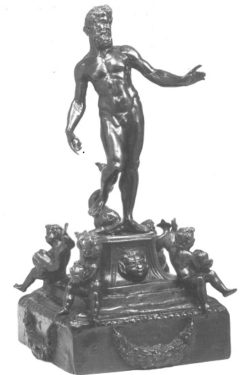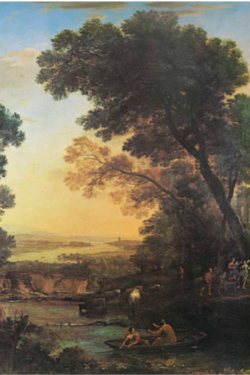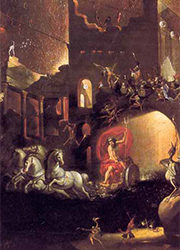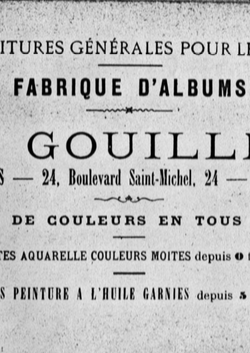Descrizione
Storia dell’arte n. 155-156 – Nuova Serie 1/2 | 2021
Simonetta Prosperi Valenti Rodinò
Disegni come trasmissione di modelli: la divisione tra gli allievi
For Raphael, drawing had a fundamental role in the early years spent in Perugia and Florence, and in his maturity in Rome, when, very busy, he was forced to give directions to the many helpers, providing them with graphic models to which they had to faithfully adhere.
Vasari attests how Raphael on his deathbed decided to leave all his sketches, studies of figures, models, cartoons present in his workshop, in inheritance to his dearest disciples Giulio Romano and Giovanfrancesco Penni, as a spiritual testament. Giulio took these studies to Mantua, where his son sold them to Jacopo Strada; Penni left them to his sister, wife of Perin del Vaga, who used them, and after Perino’s death the widow sold them to the same Strada.
Coming into possession of Raphael’s drawings, the disciples understood his material and moral legacy, as the drawings constituted the document of his inventions and the repertoire from which to draw inspiration: according to the Neoplatonic aesthetics of the Renaissance, the drawing was considered a moment closest to the idea. By making his drawings available to his students, Raphael inaugurated a practice for the artists of subsequent generations, perpetuated in the seventeenth century by the exponents of classicism, Carracci and Maratti.





